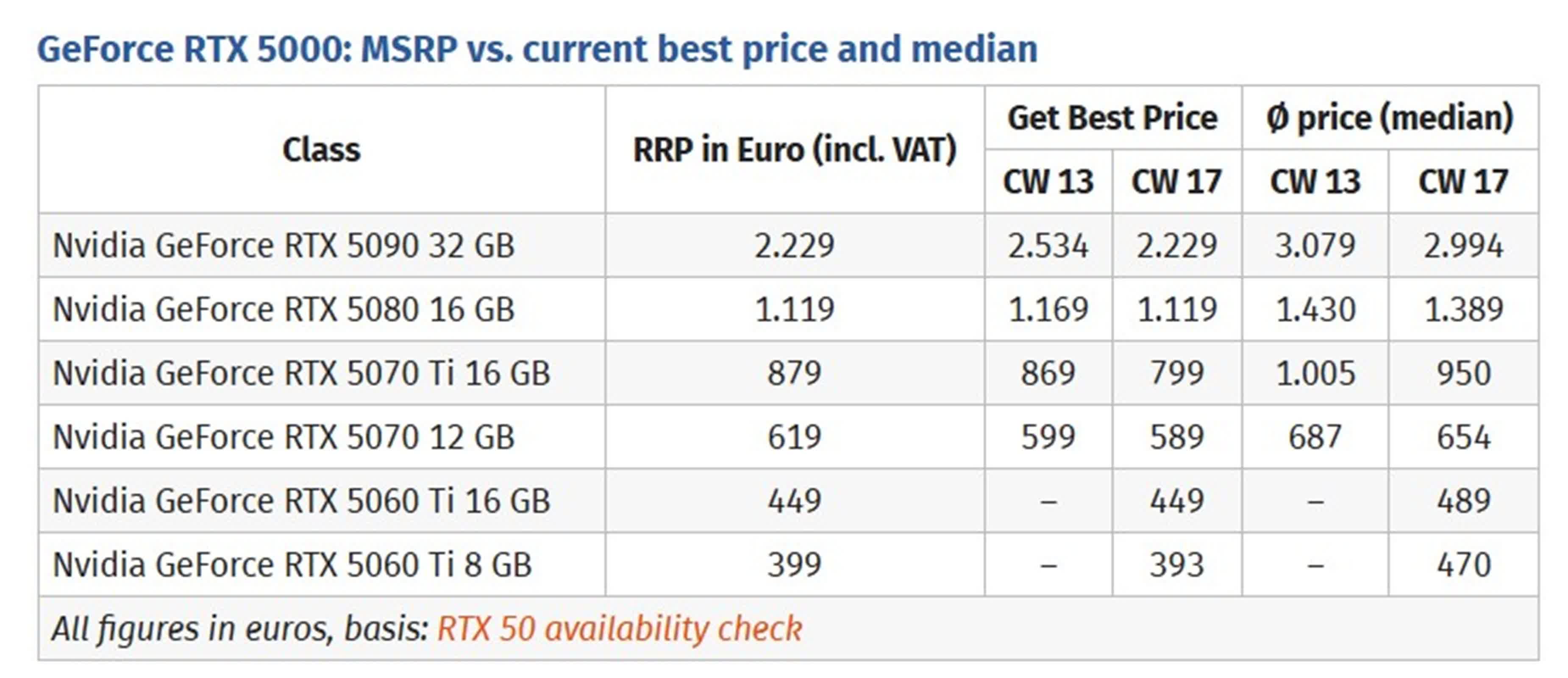
ARCHEYES.COM
Casa Gallareta by OJA: Landscape-Integrated Cabins in Patagonia
Casa Gallareta | © Nacho Ballester
Amid the dense native forests of Villa La Angostura in Argentine Patagonia, Casa Gallareta by OJA (Organic & Joyful Architecture) presents a sensitive architectural intervention that challenges conventional notions of residential hospitality. Rather than imposing on the pristine landscape, the project embraces the forest’s rhythms, proposing a model where built form and environment exist in symbiosis.
Casa Gallareta Technical Information
Architects1-2: OJA | Organic & Joyful Architecture
Location: Villa La Angostura, Patagonia, Argentina
Site Area: 250 m²
Completion Year: 2023
Photographs: © Juan Segundo Díaz Dopazo, © Abril Roffo, © Nacho Ballester
Our objective was to create an architecture that coexists harmoniously with the forest, blending into the landscape without leaving a mark.
– Juan Segundo Díaz Dopazo and María Ayelén Olivieri Martínez
Casa Gallareta Photographs
© Juan Segundo Díaz Dopazo
© Juan Segundo Díaz Dopazo
© Abril Roffo
© Nacho Ballester
© Nacho Ballester
© Juan Segundo Díaz Dopazo
© Nacho Ballester
© Juan Segundo Díaz Dopazo
© Juan Segundo Díaz Dopazo
© Juan Segundo Díaz Dopazo
© Juan Segundo Díaz Dopazo
Integrating Architecture with the Native Forest
The site for Casa Gallareta lies within a forest of towering Coihues and Arrayanes, set against the steep slopes and tranquil waters of Lake Correntoso. For architect Juan Segundo Díaz Dopazo, who grew up in Patagonia, the region’s untouched beauty held a deep personal significance. Together with María Ayelén Olivieri Martínez, the architects sought to translate this connection into an architectural language that privileged coexistence over conquest.
Conceived as a boutique-scale lodging complex (250 sq m), the project features a collection of modular cabins designed to blend into the forest rather than dominate it. Respecting the delicate ecosystem, the cabins were placed in existing clearings, eliminating the need to remove any trees. This approach underscores the architects’ intent to weave human habitation into the landscape’s pre-existing order, achieving what they describe as a “controlled randomness,” a methodical distribution that allows each cabin to retain a unique spatial relationship with its surroundings while maintaining a unified architectural expression.
Compactness, Openness, and Sensory Immersion
Though compact in footprint, each cabin offers a spatial richness uncommon in small-scale hospitality projects. Organized across split half-levels, the interiors create a subtle topographic variation that both echoes the natural slope of the terrain and enhances the user’s experience of movement and enclosure.
A key spatial strategy involves blurring the boundaries between the interior and exterior. Expansive, strategically placed windows frame the surrounding forest, inviting the landscape into the living space while maintaining privacy through the dense Myrtle canopy. Rather than isolating guests from one another, the cabins’ orientations encourage a careful balance between solitude and a loose visual dialogue among the units and communal spaces.
The spatial sequence culminates in certain moments of heightened sensory experience, such as the freestanding tub positioned before a panoramic window in the largest cabin. Here, architecture mediates an intimate relationship with the natural cycles, offering the act of bathing as an immersive experience amidst snowfall and the seasonal changes of the forest.
Casa Gallareta Materiality and Construction Techniques
Materiality in Casa Gallareta functions as both an expressive and a pragmatic response to site conditions. Externally, the cabins are clad in eucalyptus wood treated with the traditional Japanese technique of Shou Sugi Ban. This method involves surface charring to enhance weather resistance, fire protection, and durability. The resulting deep-blackened surfaces serve not only as protection but also as a critical design gesture: a visual backdrop that intensifies the colors of the living forest, greens in summer, and whites in winter.
Complementary materials such as Lapacho wood, black metalwork, and exposed concrete lend additional textural variety while maintaining a restrained and earthy palette. Dry construction was employed atop reinforced concrete foundations to navigate the site’s steep, densely vegetated conditions, ensuring minimal disruption to the land during the building process.
The interiors contrast sharply with the dark exteriors, clad almost entirely in Guatambú wood, a light, knot-free material chosen for its ability to brighten and enlarge the sense of interior space. Used extensively for paneling and custom-built furniture, the Guatambú creates visual continuity between walls and furnishings, reinforcing a monolithic, minimalist atmosphere that enhances the perception of purity and tranquility.
Contemporary Luxury Through Nature-Embedded Architecture
Casa Gallareta participates in a broader redefinition of luxury in contemporary architecture. Eschewing opulence and excess, the project proposes a vision of luxury rooted in essential spatial qualities: intimacy with nature, sensory richness, and authenticity of material experience.
In the cultural context of Patagonia, a landscape increasingly drawn into global conversations on ecological stewardship, the project stands as a model of site-responsive architecture that respects the primacy of the natural world. Here, architecture is not the protagonist but a careful mediator between human habitation and the pre-existing environmental narrative.
Through its modest scale, strategic spatial gestures, and carefully considered material palette, Casa Gallareta challenges architects to reconsider the relationship between buildings and landscapes. It invites a vision of future hospitality projects where minimal intervention yields maximum experiential depth and where architecture, rather than asserting itself, disappears seamlessly into the living world.
Casa Gallareta Plans
Plans | © OJA
Casa Gallareta Image Gallery
About OJA (Organic & Joyful Architecture)
Juan Segundo Díaz Dopazo and María Ayelén Olivieri Martínez are the founding partners of OJA (Organic & Joyful Architecture), a young architecture studio based in Patagonia, Argentina. Their practice is rooted in a deep respect for natural landscapes, combining sustainable construction techniques with a sensitivity to place. Specializing in residential and hospitality projects, they explore how architecture can foster emotional connections through minimal intervention and immersive spatial experiences.
Credits and Additional Notes
Architects: Arq. María Ayelén Olivieri Martínez, Arq. Juan Segundo Díaz Dopazo
Primary Materials: Eucalyptus wood (Shou Sugi Ban technique), Lapacho wood, Glass, Black metalwork, Exposed concrete, Guatambú wood (interiors)
0 Commentaires
0 Parts
37 Vue











